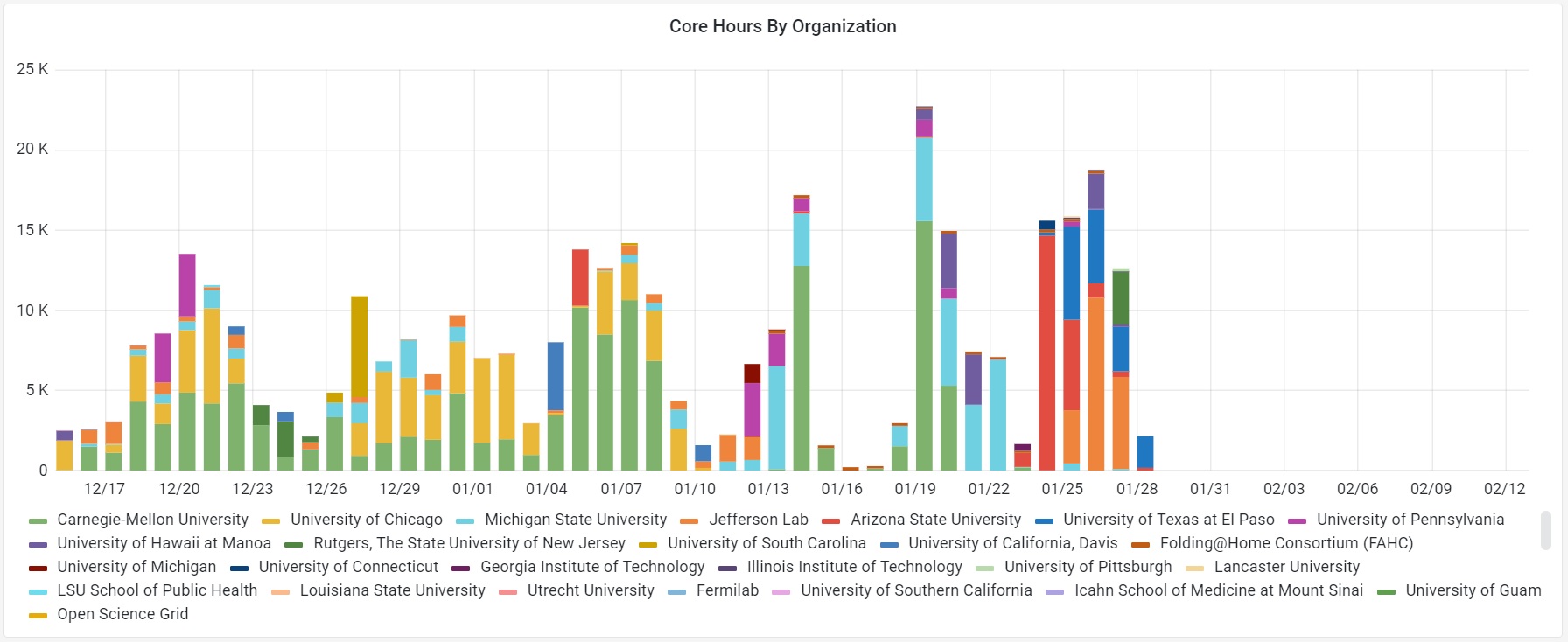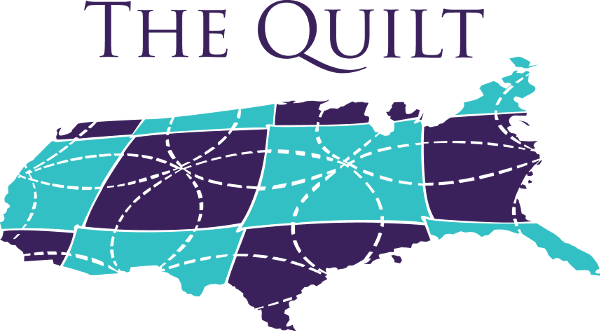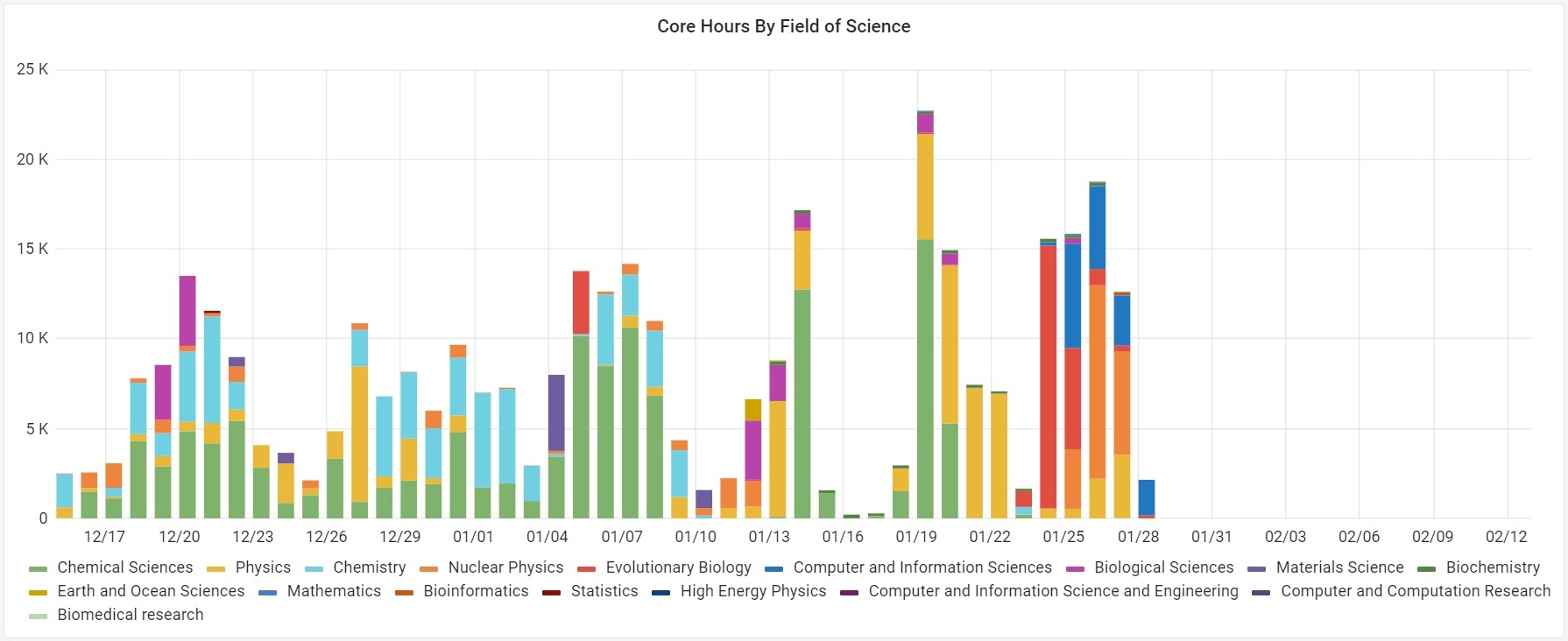The spirit of collaboration continues among the Great Plains Network members with the latest National Science Foundation Campus Cyberinfrastructure (CC*) Program award (Award #2018766, CC* Compute: GP-ARGO: The Great Plains Augmented Regional Gateway to the Open Science Grid). The name was inspired by the story of Jason and the Argonauts.
GP-ARGO was planned and submitted by the same team that brought a CyberTeam grant to the Great Plains (Award #1925681, CC* Team: Great Plains Regional CyberTeam). During the grant writing process, the team joked the ARGO grant was the CyberTeam grant’s expansion pack, and the concept stuck.
The goal of GP-ARGO is to place a high performance computational server at several smaller universities around the region, institutions not normally associated with research. These servers augment local high performance computing resources and act as gateways onto the Open Science Grid (OSG). OSG has compute nodes all over the world and is ideal for small, serial calculations. The nodes funded by GP-ARGO boost local and national computing power.

With that background, let’s follow one of these nodes on its quest from sealed box to producing research!
Life is an open map game. Exploration takes the player on some unexpected journeys and side roads. Implementing the GP-ARGO project was no different. The leadership committee knew they wanted to place them at smaller institutions, but based on what criteria?
First, the node had to help researchers at the local university. Rack space must be available. Local expertise was not a requirement since the nodes can be administered remotely. This policy was inherited from the CyberTeam’s activities. A core principle of CyberTeam is sharing knowledge and assisting smaller universities around the region. Remote administration of a node is a natural evolution of the CyberTeam philosophy. Three sites that received nodes are Oral Roberts University in Oklahoma, South Dakota School of Mines & Technology, and the University of Arkansas for Medical Sciences.
The next step is assembling a party. Three groups came together to develop the initial install and set up procedures: Kansas State University, OSG, and SLATE. The nodes were delivered to, and initially installed at Kansas State University. The journey from machine in box to functioning OSG node was a quest in its own right. The nodes were shipped out in ones and twos. Once the nodes arrived, the host site had to rack them. There is no way to perform this step remotely; onsite hands are required. After that, the nodes begin their new lives as OSG compute nodes, transforming more Great Plains institutions into research sites.
Quest complete!
The Great Plains Network (GPN) is a non-profit consortium aggregating networks through GigaPoP connections while advocating research on behalf of universities and community innovators across the Midwest and Great Plains who seek collaboration, cyberinfrastructure, and support for big data and big ideas, at the speed of the modern Internet.

